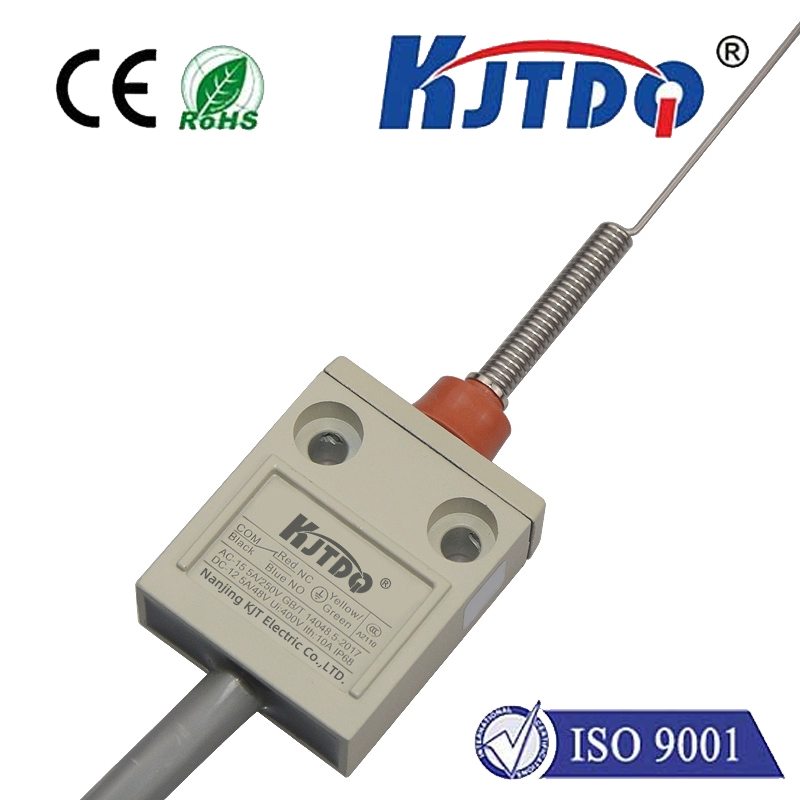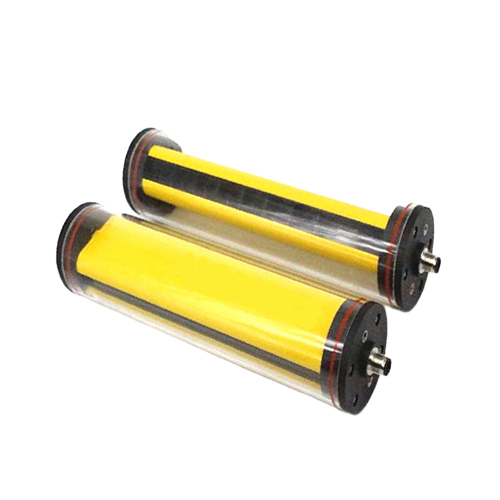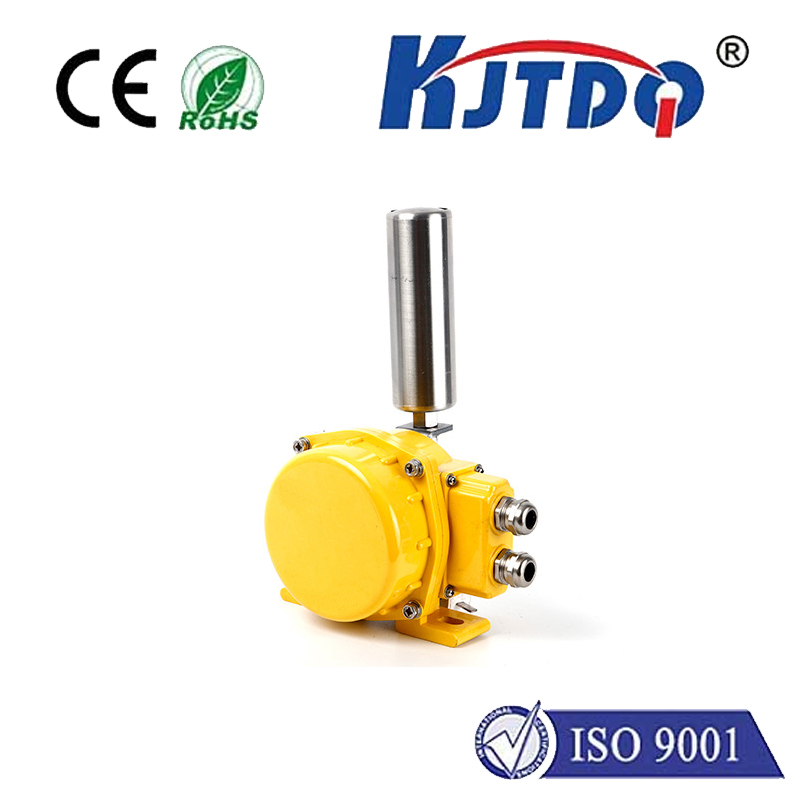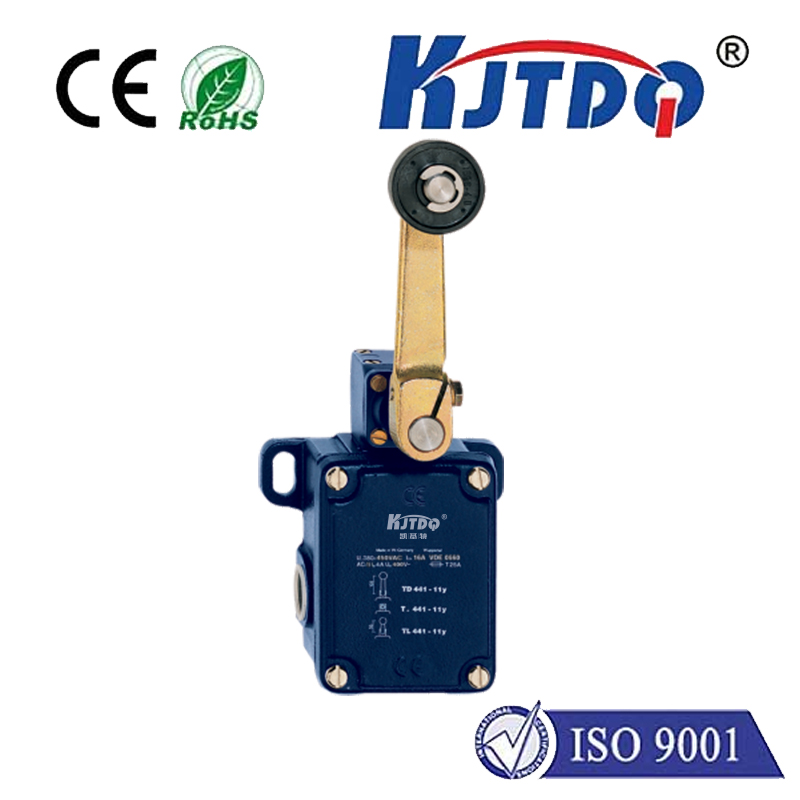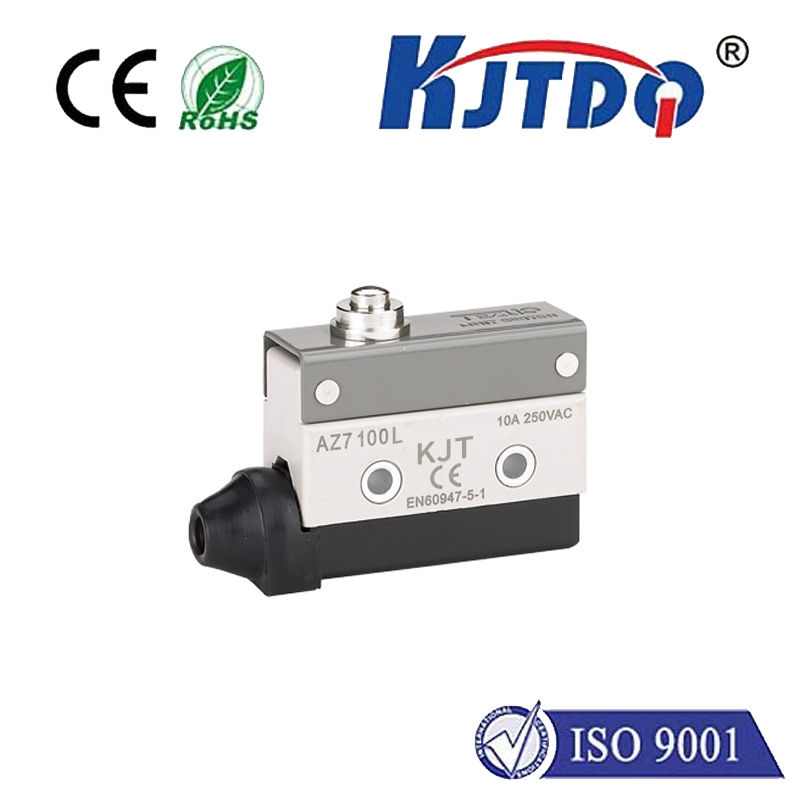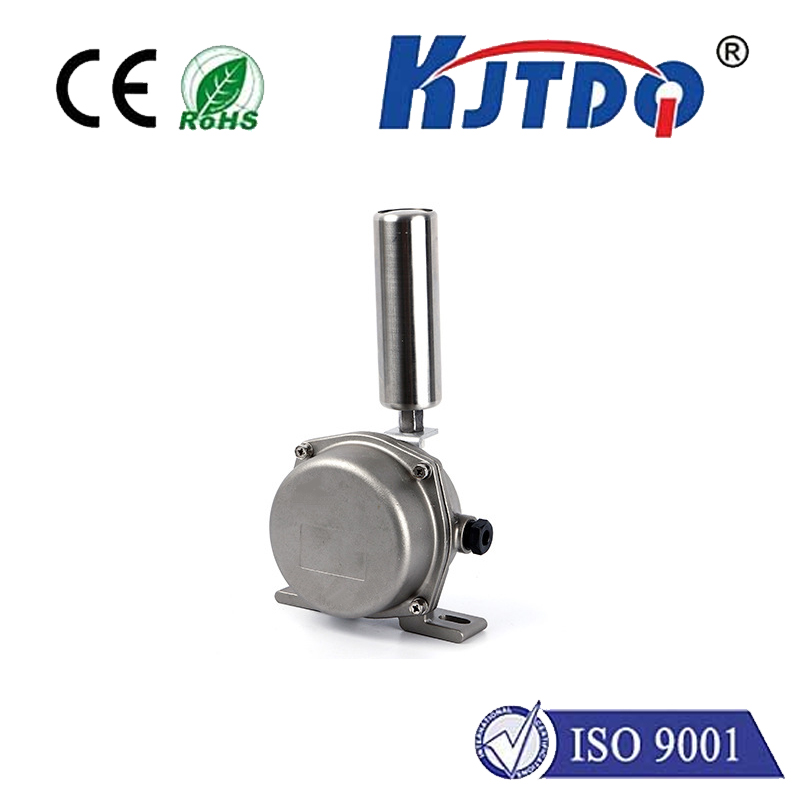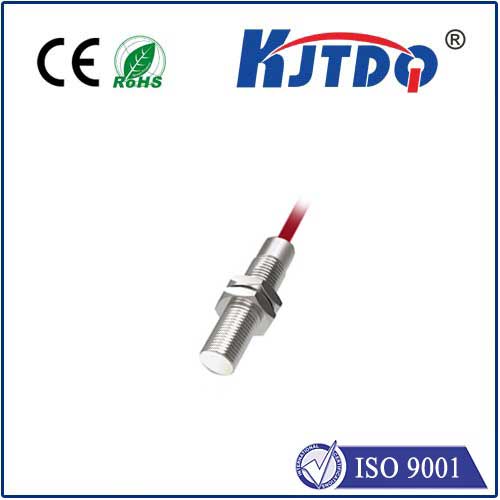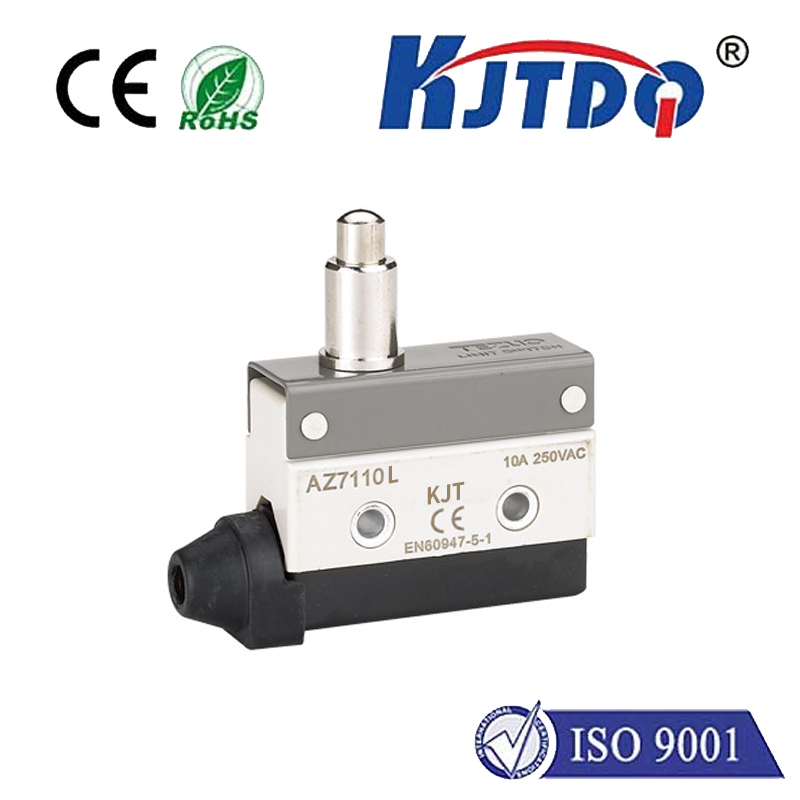

check

check

check

check

check

check

check

check

check

check
Counterweight Limit Switch: A Key Component of Industrial Machinery
In the realm of industrial machinery, every component plays a vital role in ensuring the smooth operation and safety of the equipment. One such crucial component is the counterweight limit switch. This article will delve into the importance of counterweight limit switches and their functions in various industrial applications.
What is a Counterweight Limit Switch?
A counterweight limit switch is a type of sensor that detects the presence or absence of an object within its sensing range. It works by transmitting a signal to a control system when the object reaches a specific position or weight limit. The control system then takes appropriate action based on the input from the limit switch.
Functions of Counterweight Limit Switches
1. Safeguarding Equipment and Workers
The primary function of a counterweight limit switch is to ensure the safety of both equipment and workers. By monitoring the weight limits of materials being handled, it prevents overloading or underloading of machinery, which can cause damage or accidents. Additionally, it alerts operators when an object has reached its maximum height or weight capacity, allowing them to take corrective measures before any harm occurs.
2. Precision Control for Manufacturing Processes
In manufacturing processes, precision control is essential for producing high-quality products consistently. Counterweight limit switches help achieve this by providing accurate feedback on material positioning and weight limits during production stages. This enables manufacturers to adjust their processes accordingly and maintain product consistency throughout the production cycle.
3. Automation and Efficiency Improvements
Counterweight limit switches play a significant role in automating various industrial processes. By integrating these switches into automated systems, manufacturers can optimize their operations, reduce downtime, and increase productivity. For example, in conveyor belt systems, counterweight limit switches can automatically stop or start the belt based on material flow rates, reducing labor costs and improving overall efficiency.
Applications of Counterweight Limit Switches
1. Conveyor Belt Systems
Conveyor belts are commonly used in industries such as mining, logistics, and food processing. Counterweight limit switches are installed along these belts to monitor material flow rates and prevent overloading or underloading scenarios. They also provide real-time data to operators for process optimization.
2. Cranes and Hoists
Cranes and hoists often handle heavy loads in construction sites and warehouses. To prevent accidents due to overloading, counterweight limit switches are employed to monitor the weight limits of materials being lifted. If the load exceeds the specified weight limit, the control system receives a signal from the switch to either stop or lower the load safely.
3. Elevators and Lifts
Elevators and lifts require precise control mechanisms to ensure passenger safety. Counterweight limit switches are utilized to monitor the elevator's positioning and weight limits during operation. They send signals to the control system if the elevator reaches its maximum height or weight capacity, preventing potential accidents caused by misaligned elevator doors or overloaded compartments.
Conclusion
In conclusion, counterweight limit switches are integral components of industrial machinery that enhance safety, precision control, automation, and efficiency improvements. Their wide range of applications in conveyor belt systems, cranes and hoists, elevators and lifts demonstrate their versatility and importance in various industries. As technology continues to advance, it is likely that counterweight limit switches will become even more sophisticated and integral to industrial machinery operations worldwide.
